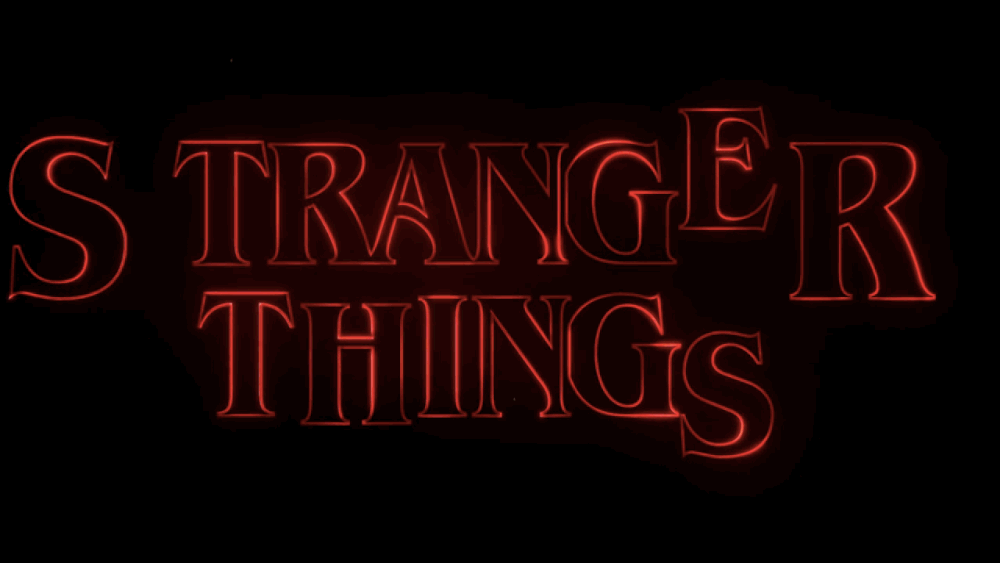The seductive nostalgia of “Stranger Things”

Over at Salon, I wrote a piece called "Just like ’80s nerd heaven: The seductive nostalgia of “Stranger Things” — and my unexpected ambivalence" that explore how Netflix's supernatural show raids my childhood pop-culture loves, from D&D to E.T. — and I admit, I felt conflicted.
iTunes turns 10 and I long for my vinyl
 iTunes turns 10 and I long for my vinyl
iTunes turns 10 and I long for my vinyl
First, we had vinyl, audio’s standard for decades. Then, in the 1970s and 1980s, the audio cassette rose in popularity, and we bid adieu to the cultural relevance of our record collections (not to mention our 8-track cartridges). The 1990s brought the next battle of the format wars, the compact disc, music storage’s next evolutionary stage. Then came the Internet, and the advent of Napster and online music distribution. And now, the reigning champions, the MP3 and iTunes, which effectively made every previous format obsolete, and completed music’s journey from actual object to ethereal digital presence.
As the iTunes Store celebrates its 10th anniversary this week — and the folks at Apple have their birthday cake and eat it too — I’ve been thinking about how the revolutionary media player, library and sales portal has upturned the way we consume media.
What began as a way to download and play music — legally — has become the new standard for buying, playing, and organizing our electronic A/V passions. We’ve come to expect instant access to content. We see a song or TV show or movie, we buy it, and we watch it or play it or listen to it in mere moments.
In the decade since it launched, the iTunes Store has become not only music’s biggest retailer, it’s also captured two-thirds of all TV show and movie sales. In the first quarter of 2013, the service recorded $2.4 billion in revenue.
Together, iTunes and the iTunes Store represent the most important media innovation since the Internet.
But in marking the anniversary and thus reflecting on music’s fickle format history this week, I’ve also become extremely nostalgic for my old media consumption habits. I even miss CDs.
Yes, those silvery digital objects. When CDs usurped records and cassettes, their groove-less surfaces seemed to reflect the impersonal computer-age future. They were reviled by audiophiles, who found the sonic quality inferior and the quiet playback eerie. A laser reads the music? Where are the pops and scratches? The clunk of the needle? It made no sense.
CDs were also denounced for shrinking album art from the LP’s 12-by-12 inch canvas to a roughly five-inch square postage stamp. (Though cassettes were even worse.)
But now, in light of iTunes, the compact disc seems old-school. Retro-cool. Even a savior: At least the format had cover art and liner notes. And fragile and annoying as those plastic jewel cases were (are), it was kind of nice to see your music collection neatly organized on shelves.
Your music collection used to occupy a physical space. Remember that?
Read the rest of this essay at WBUR's Cognoscenti